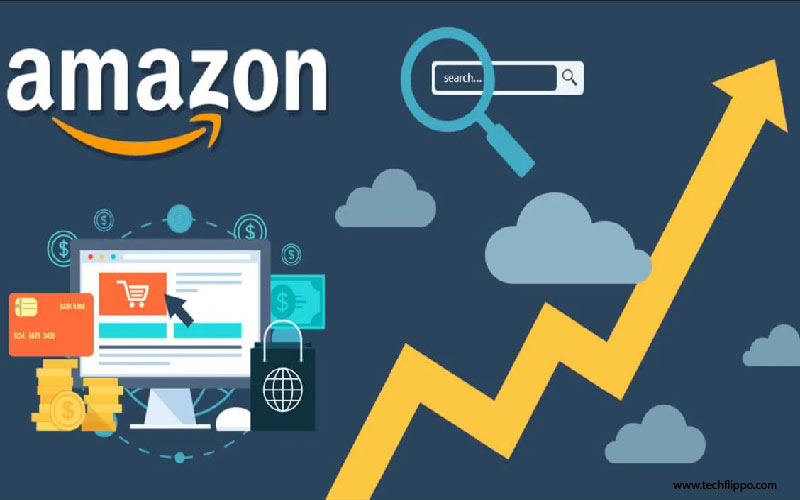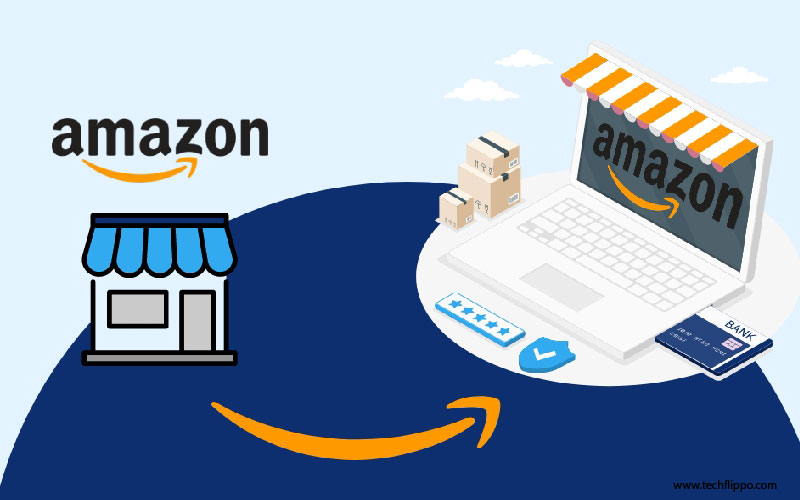How Amazon Transformed E Commerce Forever
In a world where shopping was once confined to the aisles of brick-and-mortar stores, Amazon emerged as a game-changer. What began in 1994 as an online bookstore quickly evolved into a powerhouse that would redefine retail as we know it. With its vast selection, competitive prices, and unparalleled convenience, Amazon didn’t just adapt to changing consumer behaviors; it shaped them. As smartphones became ubiquitous and internet access surged, this e-commerce titan led the charge into uncharted territory—transforming not only how we shop but also the very fabric of global commerce. Let’s explore how Amazon transformed e commerce forever and revolutionized our shopping experience in ways we never thought possible.

The Early Years: From Online Bookstore to E-Commerce Giant
In 1994, Jeff Bezos launched Amazon as an online bookstore. It was a simple idea but had grand ambitions. The concept of buying books from home was revolutionary at the time.
With millions of titles available, Amazon quickly became a favorite among readers. Customers loved browsing through endless choices without stepping foot in a store.
Bezos envisioned more than just books; he wanted to create ‘Earth’s biggest bookstore.’ This ambition drove innovation and expansion.
By 1997, the company went public, signaling its potential to disrupt retail forever. Investors took notice as sales skyrocketed each year.
Amazon’s early years were marked by risk-taking and adaptability. These elements laid the foundation for what would become one of the most influential companies in e-commerce history. Each decision propelled Amazon closer to becoming an online shopping behemoth that changed consumer behavior permanently.
Revolutionary Changes to the Retail Industry
Amazon didn’t just enter the retail space; it fundamentally rewrote the rules. Traditional brick-and-mortar stores faced pressure as consumers flocked online, seeking convenience and competitive pricing.
With its innovative approach, Amazon introduced features like one-click purchasing and personalized recommendations. These elements transformed shopping into a seamless experience that forced other retailers to adapt quickly.
The rise of user reviews also changed how people made purchasing decisions. Shoppers began to trust peer feedback more than brand messaging. This shift empowered consumers in ways that weren’t possible before.
Moreover, Amazon popularized flash sales and limited-time offers, creating urgency that drove impulse buying. Retailers had no choice but to follow suit or risk losing their customer base.
As e-commerce grew exponentially, traditional retailers were left scrambling to catch up with these revolutionary changes that altered consumer behavior forever.
Impact on Brick-and-Mortar Stores
The rise of Amazon has significantly reshaped the landscape for brick-and-mortar stores. Once bustling with shoppers, many physical retailers now grapple with dwindling foot traffic.
Consumers have grown accustomed to the convenience of online shopping. The ease of comparing prices and reading reviews at home makes it challenging for traditional shops to compete.
As a result, many retailers are redefining their strategies. Some are enhancing in-store experiences, offering personalized services that online platforms can’t match. Others are integrating digital technologies, like augmented reality apps or click-and-collect options.
However, not all adaptations have been successful. Many iconic brands have struggled to keep pace and faced closures as they cannot meet evolving consumer expectations driven by e-commerce trends.
This shift forces brick-and-mortar stores into an era where innovation is crucial for survival amidst fierce competition from Amazon and other giants.
Prime and Two-Day Shipping: Changing Customer Expectations
Amazon Prime and its hallmark two-day shipping have set a new standard in the e-commerce landscape. Customers now expect speed and convenience at their fingertips. This shift has redefined what it means to shop online.
Gone are the days of waiting weeks for deliveries. Today, consumers want instant gratification. The promise of quick delivery compels them to choose Amazon over other retailers consistently.
This immediacy not only boosts customer satisfaction but also creates a sense of urgency. Shoppers feel pressure to make quicker decisions, knowing their purchases will arrive almost immediately.
Moreover, Prime members enjoy exclusive deals that encourage loyalty. With millions subscribing annually, the impact on shopping habits is undeniable.
The ripple effects extend beyond Amazon too; competitors scramble to match this level of service, reshaping industry standards across the board.

The Power of Data and Personalization
Data is at the heart of Amazon’s success. The company harnesses vast amounts of information from its users, tracking browsing habits and purchasing patterns.
This wealth of data allows Amazon to create personalized shopping experiences. Recommendations are tailored to individual preferences, making it easier for customers to discover products they love.
Dynamic pricing strategies also come into play. Prices can shift based on demand, competition, and user behavior. This responsiveness keeps customers engaged and often leads them back for more.
Moreover, targeted marketing campaigns further enhance personalization efforts. Emails filled with curated suggestions keep Amazon top-of-mind for consumers.
The result? A seamless experience that not only boosts sales but builds customer loyalty over time. By understanding consumer behavior deeply, Amazon sets a standard in e-commerce that competitors strive to achieve.
Expanding Beyond Retail: Amazon’s Influence in Other Industries
Amazon’s reach extends far beyond its retail roots. The tech giant is now a formidable player in cloud computing through Amazon Web Services (AWS). This platform has revolutionized how businesses manage data, offering scalable solutions that cater to startups and enterprises alike.
In addition, Amazon Prime Video competes fiercely with traditional media outlets. It provides original content that attracts millions of subscribers, reshaping entertainment consumption patterns.
The company also delves into groceries with Amazon Fresh and Whole Foods Market. These ventures disrupt conventional shopping experiences by integrating online convenience with physical stores.
Healthcare is another frontier where Amazon is making strides. Initiatives like Amazon Pharmacy aim to simplify prescription services for consumers while challenging established healthcare models.
By diversifying its portfolio, Amazon not only influences various industries but also sets trends that others must follow. Its innovative approach continually redefines what’s possible across multiple sectors.
Challenges and Controversies
Amazon’s journey hasn’t been without hurdles. The company has faced scrutiny over its treatment of workers. Reports of harsh conditions and demanding quotas sparked widespread protests.
Consumer privacy is another hot-button issue. Critics question Amazon’s data collection practices, raising concerns about surveillance and user consent.
Then there are antitrust allegations. Lawmakers across the globe have scrutinized Amazon for potentially stifling competition. These accusations could reshape how e-commerce operates.
Environmental impact also garners attention as critics highlight the carbon footprint associated with rapid delivery systems and extensive packaging waste.
Local businesses often struggle to compete against Amazon’s low prices and vast selection, leading to community outcry about economic sustainability.
These challenges illustrate that even giants like Amazon face complex issues in their quest for dominance in e-commerce.
Future of E-Commerce with Amazon at the Helm
The future of e-commerce is undoubtedly intertwined with Amazon’s trajectory. With a firm grip on innovation, the company continues to set industry standards that competitors strive to meet. As new technologies emerge, such as artificial intelligence and augmented reality, Amazon is already exploring ways to integrate them into its platform.
Furthermore, with initiatives like drone delivery and cashier-less stores, Amazon pushes the envelope on convenience and efficiency. These advancements promise to reshape how consumers shop online and offline alike.
As consumer expectations evolve, so too must retail strategies across the board. Brands will need to adapt or risk falling behind in an increasingly competitive marketplace driven by Amazon’s pioneering spirit.
The landscape of e-commerce will continue shifting as long as companies look at what Amazon does next. Observing their approach might just provide insights for those aiming to revolutionize their own business models in this digital age. The ripple effects of these innovations could redefine commerce entirely—making it an exciting time for both consumers and businesses alike.